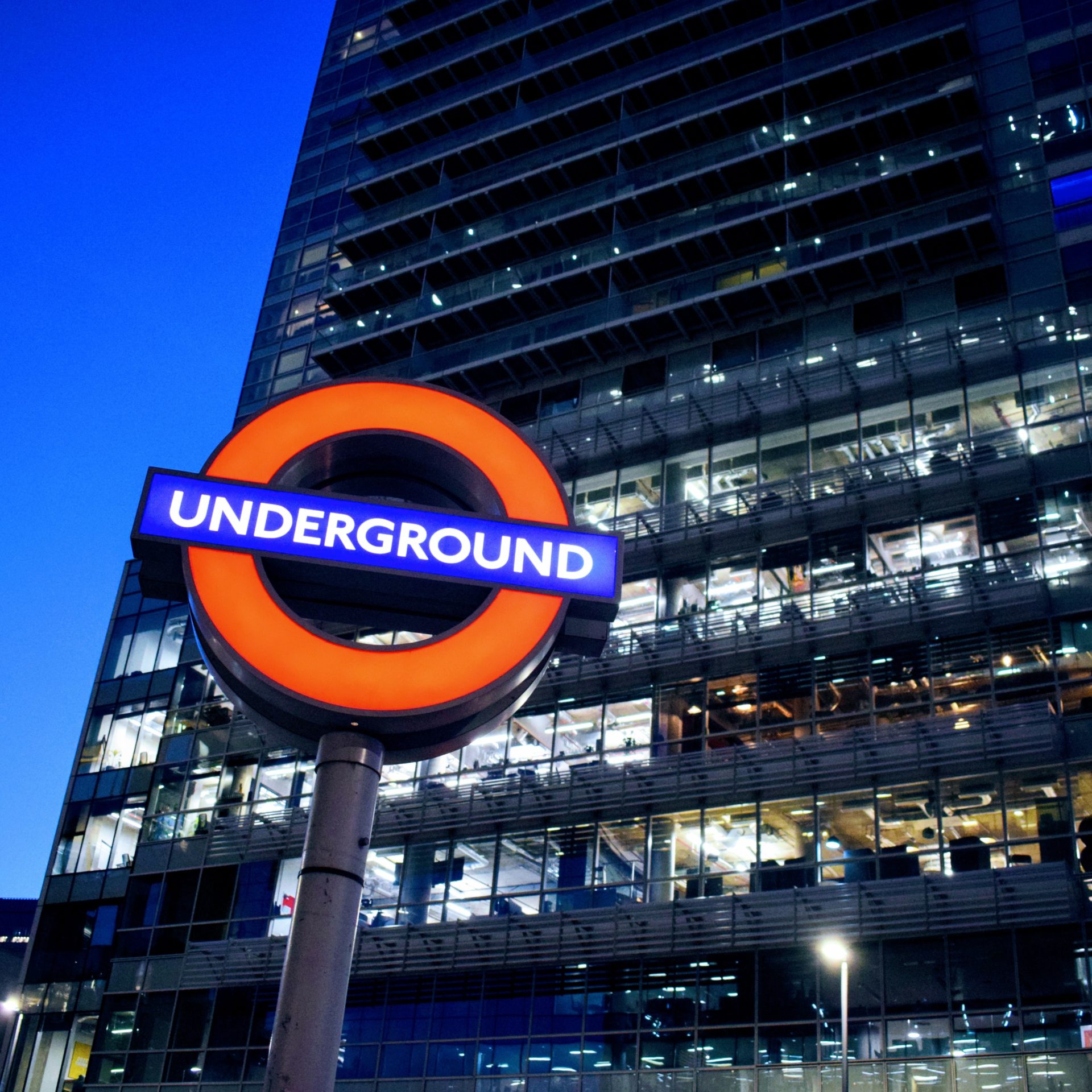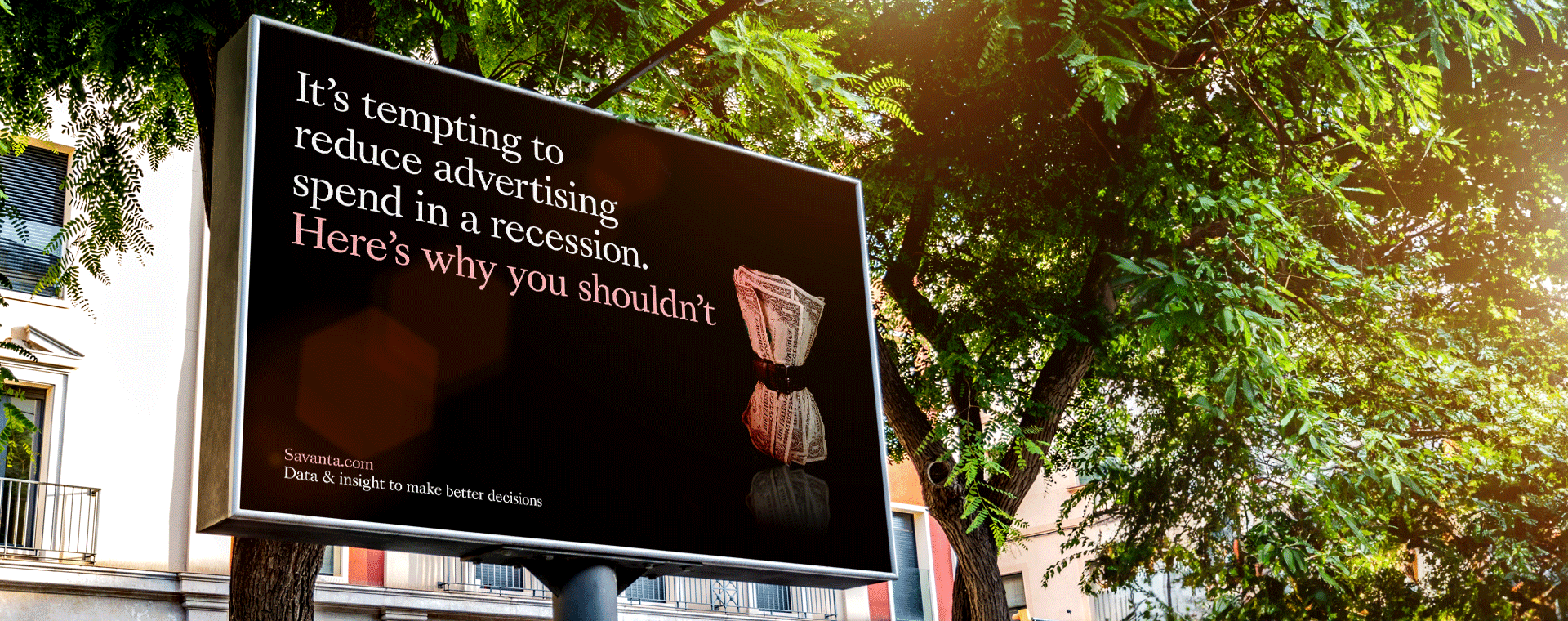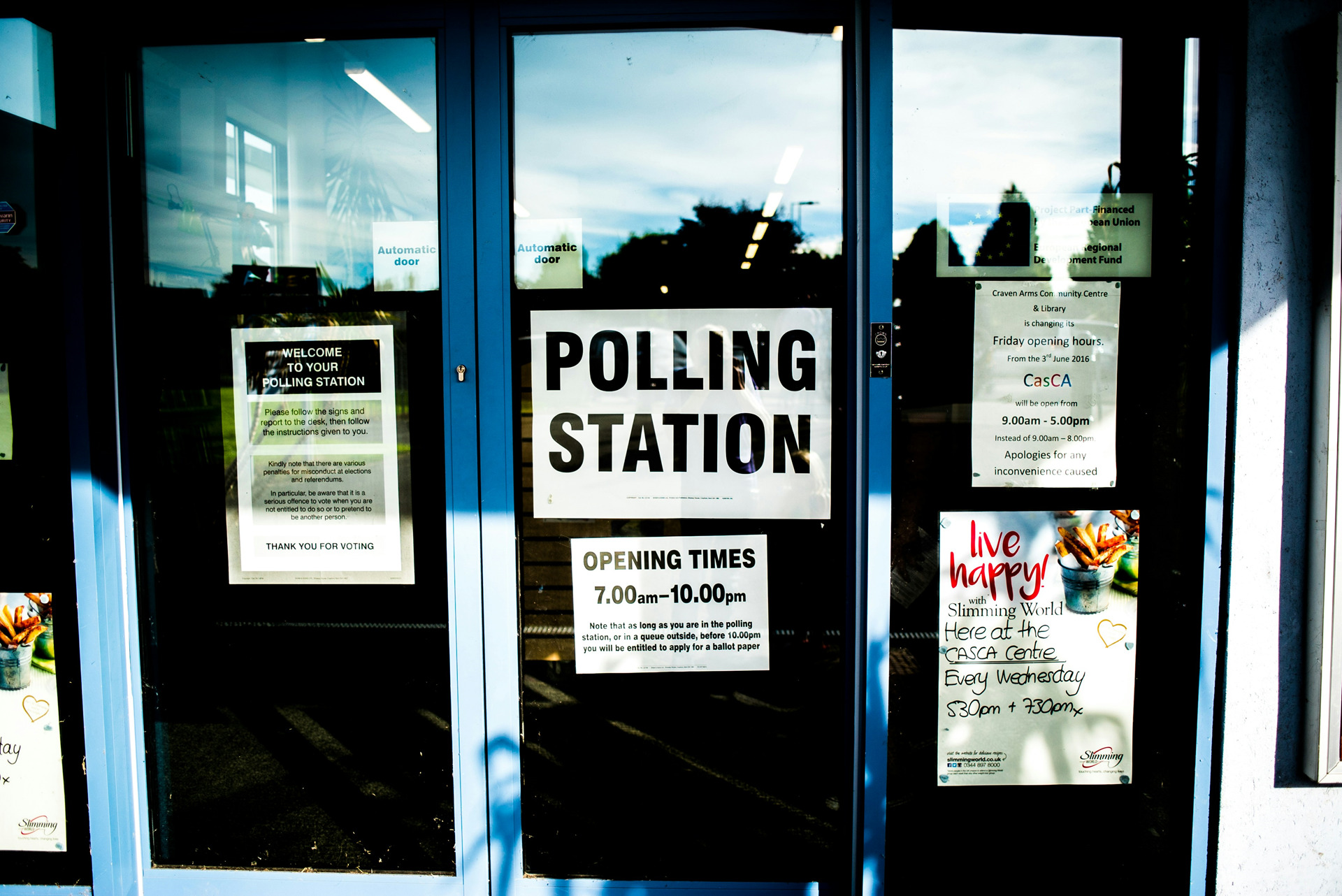

Lockdown changed how we travel around our capital almost overnight – but is the “new normal” here to stay?
Over the last ten weeks, London’s transport network has become unrecognisable, with passenger numbers down to levels not seen in 100 years.
Savanta ComRes have partnered with the Centre for London think tank to explore how the Coronavirus lockdown is changing Londoners' attitudes to travel and how the impact on London’s transport landscape could change the way we move around the city might change forever.
Half of those who have used the tube or rail (52%) or the bus (51%) during lockdown say they have found it difficult to keep socially distant from others.
Impact on travel behaviour and preferences
With Londoners encouraged to avoid public transport if possible, our survey found the vast majority have taken heed of this advice. Seven in ten London adults say they are using the tube / rail (71%) or the bus (68%) less than before the start of lockdown.
Walking and cycling have been promoted as more conducive to social distancing; half of respondents (48%) tell us they are walking/running more than pre-lockdown, with one in five (20%) saying they are cycling more.
For those Londoners who have continued to need to access public transport, staying safe has been a challenge. Half of those who have used the tube or rail (52%) or the bus (51%) during lockdown say they have found it difficult to keep socially distant from others.
Sadiq Khan has urged Londoners to wear a facemask if they need to use public transport, and our research finds three quarters (73%) of Londoners would support a policy to make the use of facemasks on public transport compulsory across the city. Other measures to aid social distancing were also backed by the majority – 69% support the temporary widening of pavements while two thirds (64%) support the temporary provision of new cycle lanes, or the expansion of existing cycle lanes.
A Permanent Shift?
As lockdown restrictions ease, our focus is shifting towards understanding how much of our behaviour over the last few months is likely to last beyond the pandemic.
Our survey asked Londoners how they anticipate their habits might change if the lockdown were to be lifted. We found that shifts in behaviour are forecast to be starker in the short term, but there is still likely to be an enduring impact. If all restrictions were to be lifted in the next 3 months, half (49%) of respondents offering an opinion think they will be using the tube or rail (49%) less compared to before the pandemic. This drops to 40% and 35% if all lockdown measures were to be lifted in the next 6 months and 12 months respectively.
Two in five London adults offering an opinion expect their use of walking/running to increase compared to before the pandemic across all scenarios tested (41-43%), while a third say the same for cycling (34-36%).
It therefore comes as little surprise that the majority of London adults support permanent measures to widen pavements and provide new cycle lanes (56% and 57% respectively).
Though attitudes and behaviours are shifting quickly in response to an unprecedented situation, it seems for now, there is little appetite among many Londoners for getting back on that packed rush hour train.
Savanta ComRes interviewed 1,068 London residents online between 15th and 19th of May 2020, on behalf of the Centre for London. Data is representative of all London residents by age, gender and region. Full data tables available here.
Read here to find out more about how Savanta are helping brands respond to COVID-19 with insight and getting them ready to restart.








